Many know of J. R. R. Tolkien’s fantastical world through the Lord of the Rings and Hobbit films, but they are just the tip of the iceberg. Tolkien crafted one of the richest, most fully-formed worlds to have possibly ever been written in human literature. Tolkien’s linguistic and historical knowledge, as well as his phenomenal imagination, allowed him to create a world that had its own history and mythology, with Tolkien even inventing multiple languages for its inhabitants.
With such rich world-building, it can be difficult to know everything, with some people having devoted their lives to understanding its full scope. A common question that arises, from fans of the book and films alike, is where did Frodo really go at the end of Lord of the Rings? What are the Undying Lands and will we see more of them in the upcoming Amazon series Lord of the Rings: The Rings of Power?
The best way to truly understand this is to read The Silmarillion, Middle Earth’s equivalent of the Bible, if you will. However, it is a rather long, though enjoyable, read so let’s see if we can break it down a little.
Who are the Valar?
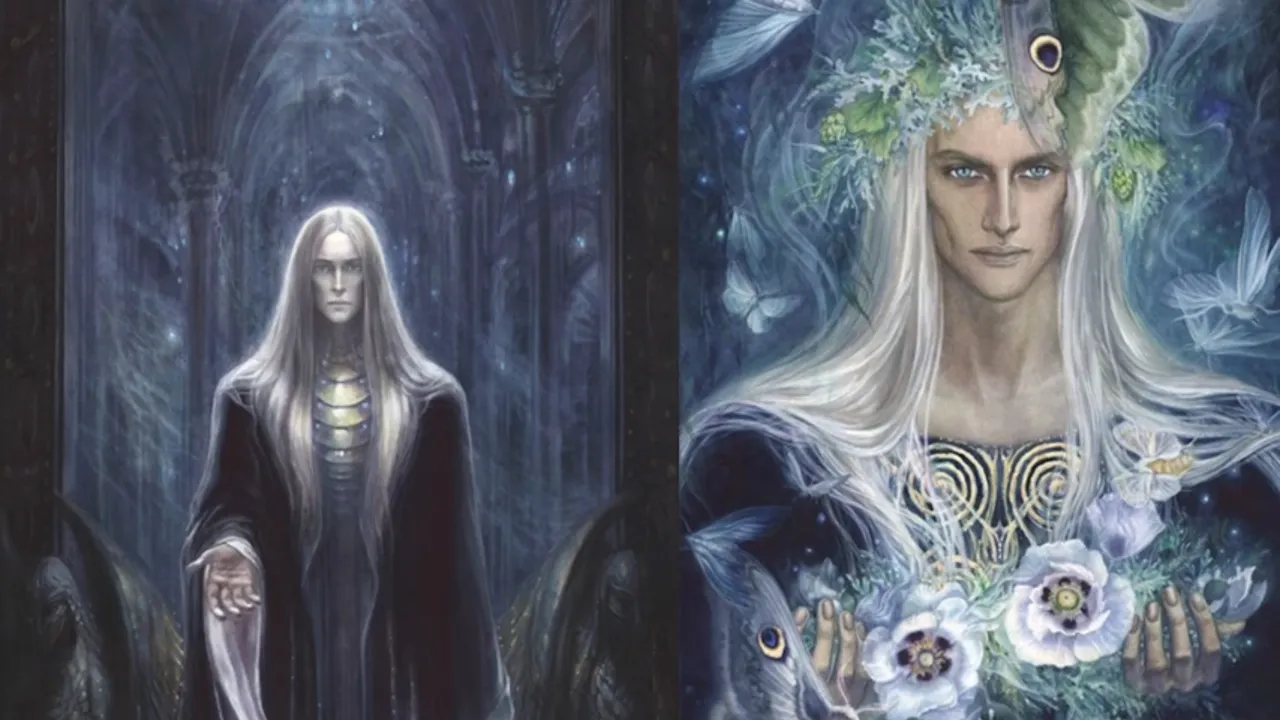
It is impossible to describe the Undying Lands without first explaining who the Valar are. In The Silmarillion, Tolkien takes us to the creation of Middle Earth, starting with Eru Illúvatar, the supreme deity of Arda (also known as Earth). He first created a host of angelic beings, known as the Ainur, who aided in the creation of Arda through ‘The Music of Ainur’ — holy singing and chanting. Though they assisted in creation, only Illúvatar can create independent life.
After he created the Ainur, he created Eä, ‘The World and All There Is’ and gave the Ainur the option to go and live there and to fashion it as they will. Only the 14 strongest and bravest chose to go and were, from then on, named the Valar. To assist the Valar went the Maiar, primordial lesser spirits. Though you may imagine this is the first time you’ve heard of the Maiar, it might surprise you to know you are well acquainted with a handful of them. In Middle Earth, they took the form of wizened old men, wizards named Gandalf, Saruman, and Radagast. Another key Maia character is Sauron, formerly known as Mairon, one of the most powerful of the Maia.
Originally the Valar lived on the hidden island of Almaren, before the world was destroyed and reshaped, well before the Elves’ existence. After this, the Valar moved to the continent of Aman, where they founded Valinor, or as it came to be known by many on Middle Earth, the Undying Lands. Here they stayed, rarely interfering in the events of the world despite being known as ‘The Powers of the World.’
The History of Valinor
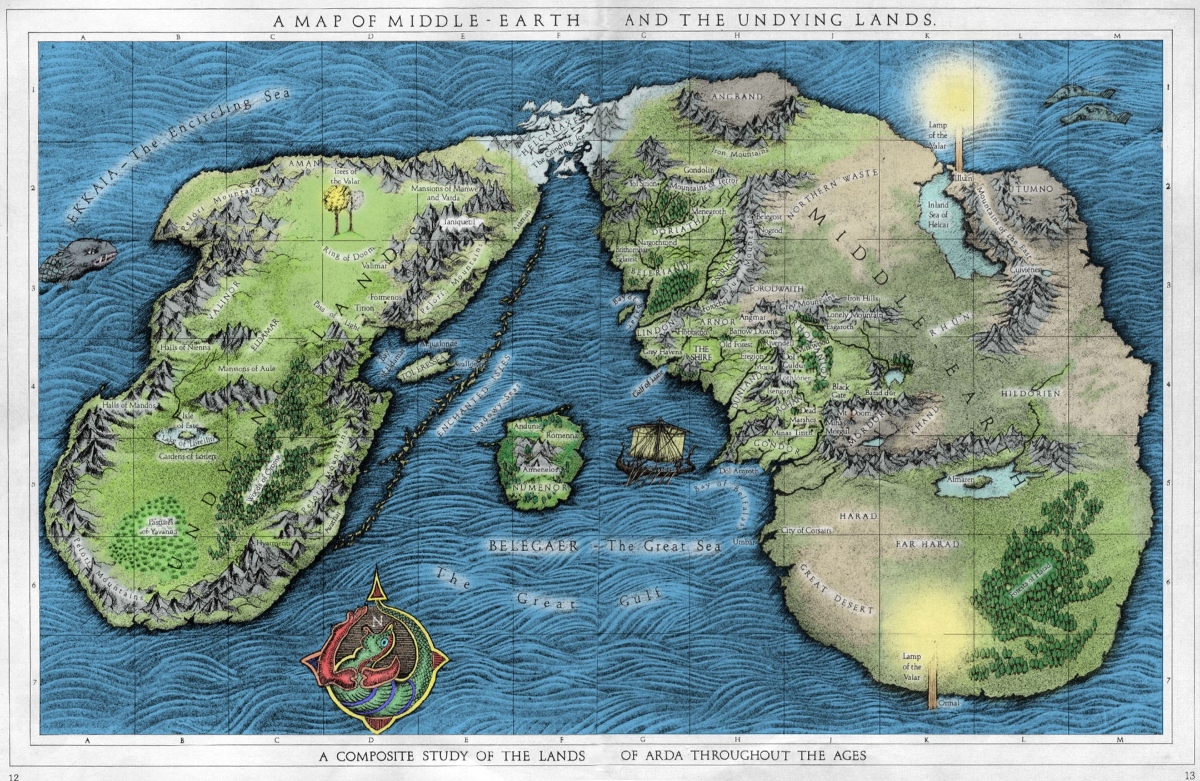
When the Valar first relocated to Valinor, it was due to a powerful Ainur named Melkor (Tolkien’s version of the Devil), who destroyed Almaren. Once in Valinor, the Valar raised mountains to defend themselves from a future attack. Because the source of light in Almaren, the Two Lamps, had been destroyed, the Valar created the Two Trees in Valinor.
Sung into existence, they were known as Telperion and Laurelin, silver and gold trees respectively. Telperion was seen as female and Laurelin masculine. The trees waxed and wained light, with one day lasting 12 hours, seven hours were appointed to each tree, with the time overlapping considered as sunset and sunrise. They lit Valinor whilst Middle Earth was kept in great darkness.
When the Valar heard of the existence of Elves, awakened by Illúvatar on the lands of Middle Earth, they set out to bring them to the safety of Valinor, out of Melkor’s reach. A war was fought, Melkor’s hold there was destroyed and many Elves decided to relocate to Valinor with the Valar. Melkor was brought back as a prisoner, and after a long period, begged for pardon for his misdeeds. He was pardoned but confined and remained under watch.
Here though, he began to sow seeds of doubt amongst the Elves, whispering that they had been brought here so that their lands in Middle Earth may be stolen from them. His plans were discovered, but before he could be captured, he killed the High Elf King Finwë, and stole the prize jewels, the Silmarils, which were crafted by the Elves from the light of the Two Trees. These jewels would be the only true light left, as Melkor, along with the help of Ungoliant, a spider of darkness, poisoned the trees (both of these are referenced in Lord of the Rings in Frodo’s Light of Elendil, and Shelob, Ungoliant’s greatest offspring).
After plummeting the world into what seemed to be an eternal darkness, lightened only by the stars, Melkor and Ungoliant fled back to Middle Earth. As the Two Trees died, the Valar attempted to revive them, but could only manage to bear a single fruit from the gold tree and a flower from the silver. These were then given to a Maia to fly in a boat across the sky, becoming the sun and the moon.
At the beginning of the Second Age, the land of the Númenor was granted to men, who were blessed with lifespans several times longer than the men of Middle Earth (Aragorn is a distant descendent of the Númenóreans). The people of Númenor grew arrogant over time and, with their heads filled with traitorous thoughts thanks to Sauron, servant to Melkor, they attempted to invade Valinor. The Valar called upon Illúvatar, who buried the armies in caves and sank the land of Númenor and Sauron with them.
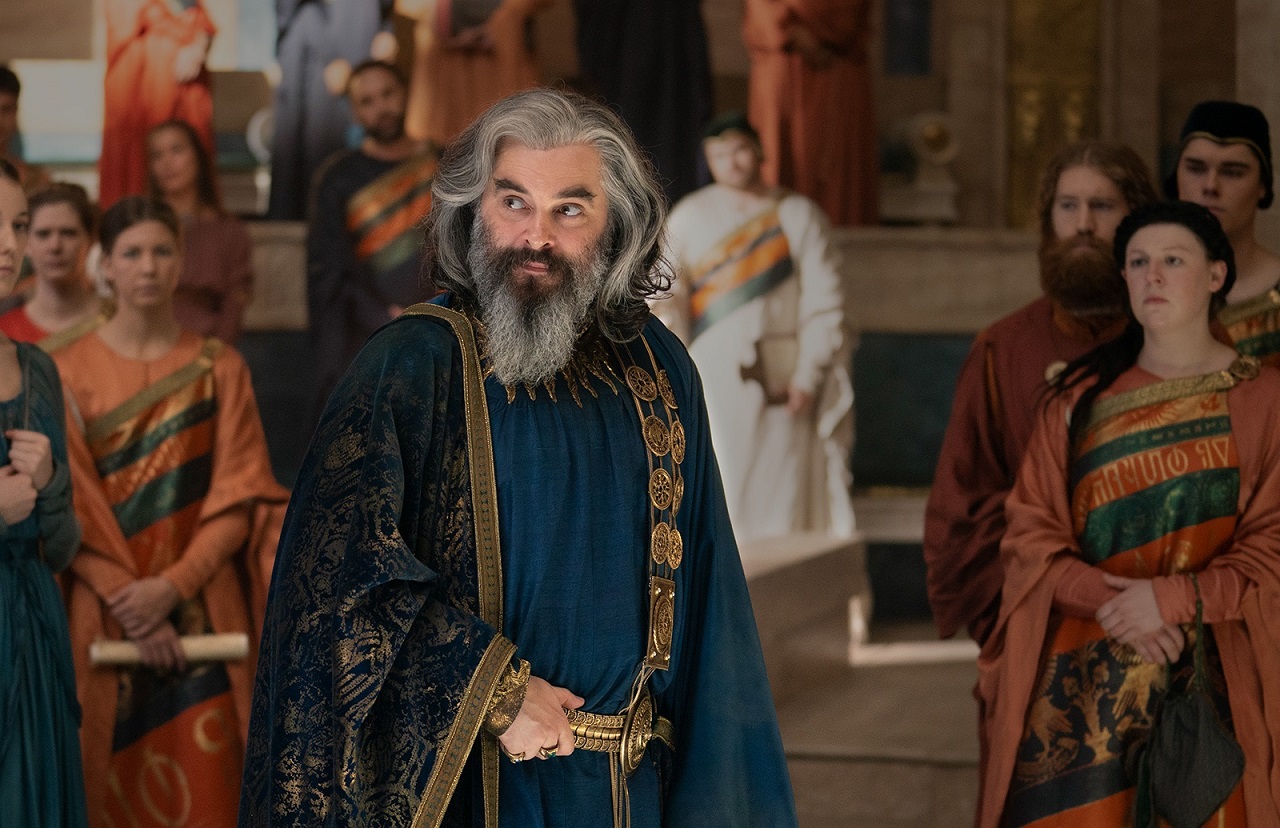
This is when Arda became round, with the continent of Aman staying in its exact position and Arda essentially peeling away from it. It was now impossible for man to reach and only the Elves and future ring bearers would be able to travel there by the Straight Road.
Who went to the Undying Lands?
At the end of the Lord of the Rings trilogy, we see many of our characters share a tearful goodbye as Gandalf, along with Galadriel, Celeborn, and Elrond, head back to Valinor, ushering in the Age of Men to Middle Earth. Surprisingly, the Hobbits Bilbo and Frodo also join them, as they have bore the One Ring and are considered Ring Bearers, and were therefore offered life in the Undying Lands.
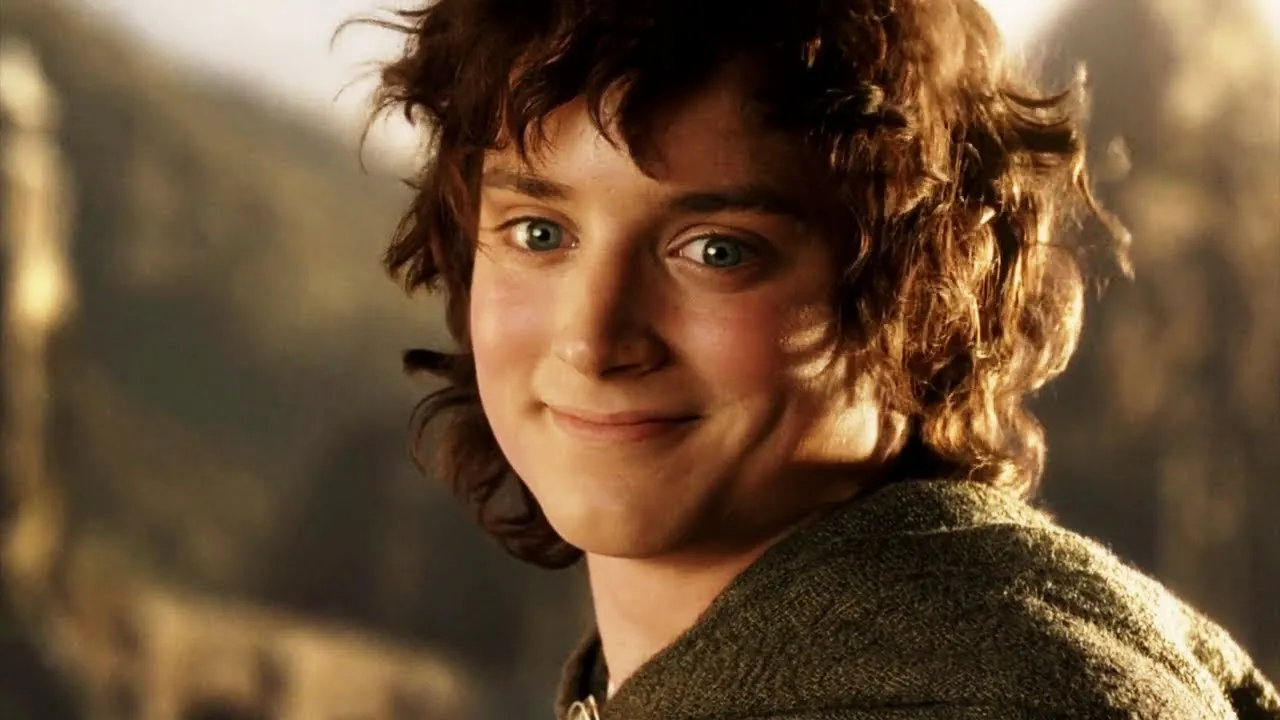
What is not shown in the film is that, towards the end of his life, Samwise Gamgee also makes the journey to join his dear friend Frodo, as he was also considered a Ring Bearer. After the death of King Aragorn, Legolas and Gimli make the journey as well, making Gimli the first Dwarf to ever enter the Undying Lands.
The name might be a little deceiving, as mortal beings will not live forever, even in the Undying Lands. The Valar and the Elves are immortal and if they so wish, can live there for eternity, but mortals like the Hobbits and Gimli will eventually die. It is thought that, in Valinor, they could heal from the trauma and pain they endured in Middle Earth, living out the rest of their days in peace.
Will they appear in The Rings of Power?
Amazon’s upcoming Lord of the Rings: The Rings of Power series is set well before the events of Lord of the Rings. The series will be set during the Second Age, which includes the tales of Númenor. As seen in the recent trailer, a fairer form of Sauron will be featured as well.
Fans also spotted the Two Trees in the first trailers which may mean that perhaps the Years of the Trees will be included in the show and we will glimpse one of the cities of Valinor. This may only be a flashback, though, and it is unknown if any more of the lands will be shown at any other point in the series. Thanks to the inclusion of Númenor, we will likely hear a lot more about the Undying Lands as more of Tolkien’s world is adapted for the screen. Fingers crossed that Amazon can do it justice.
Lord of the Rings: Rings of Power will be released on Amazon Prime Video on September 2.

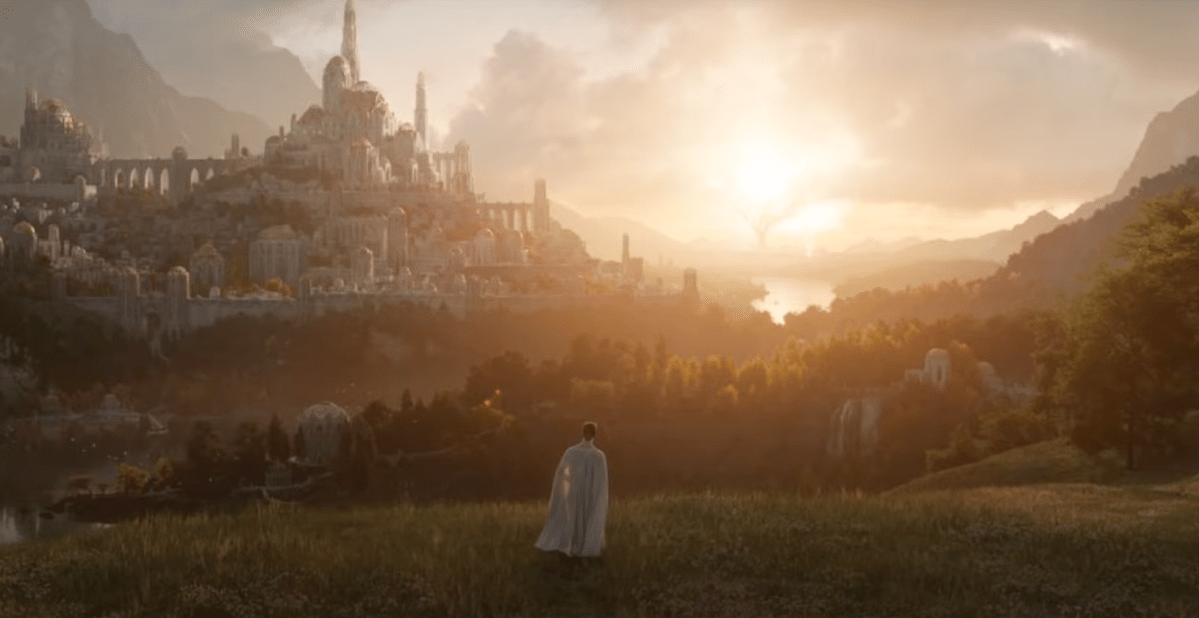



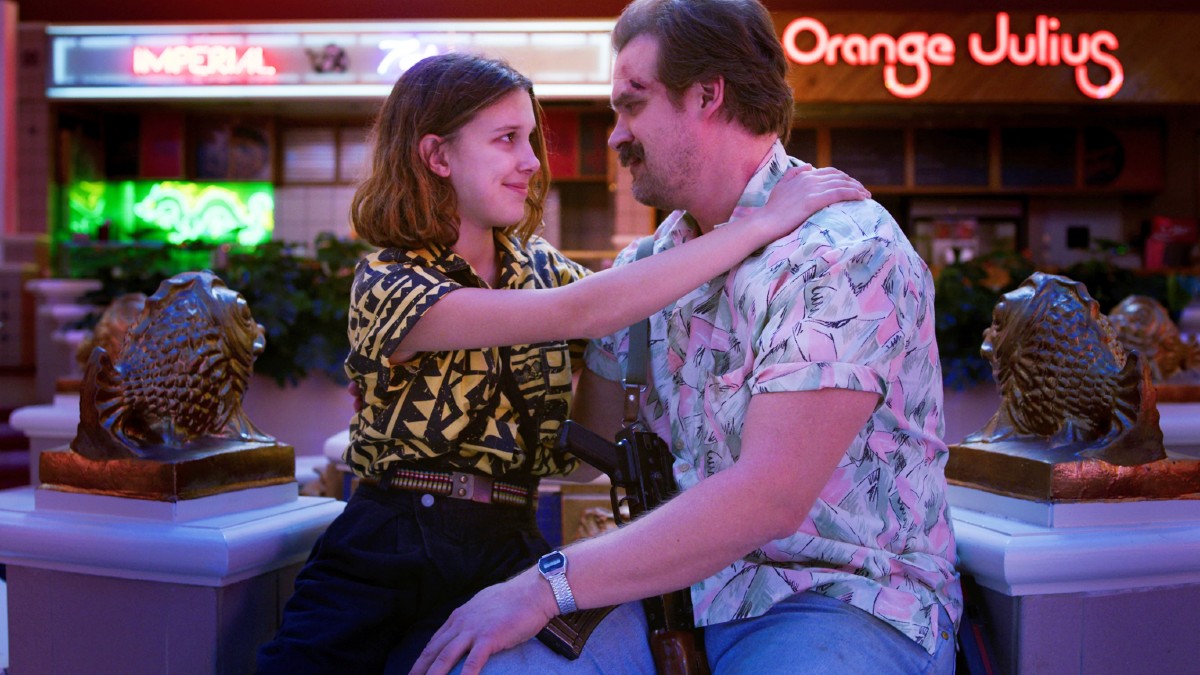

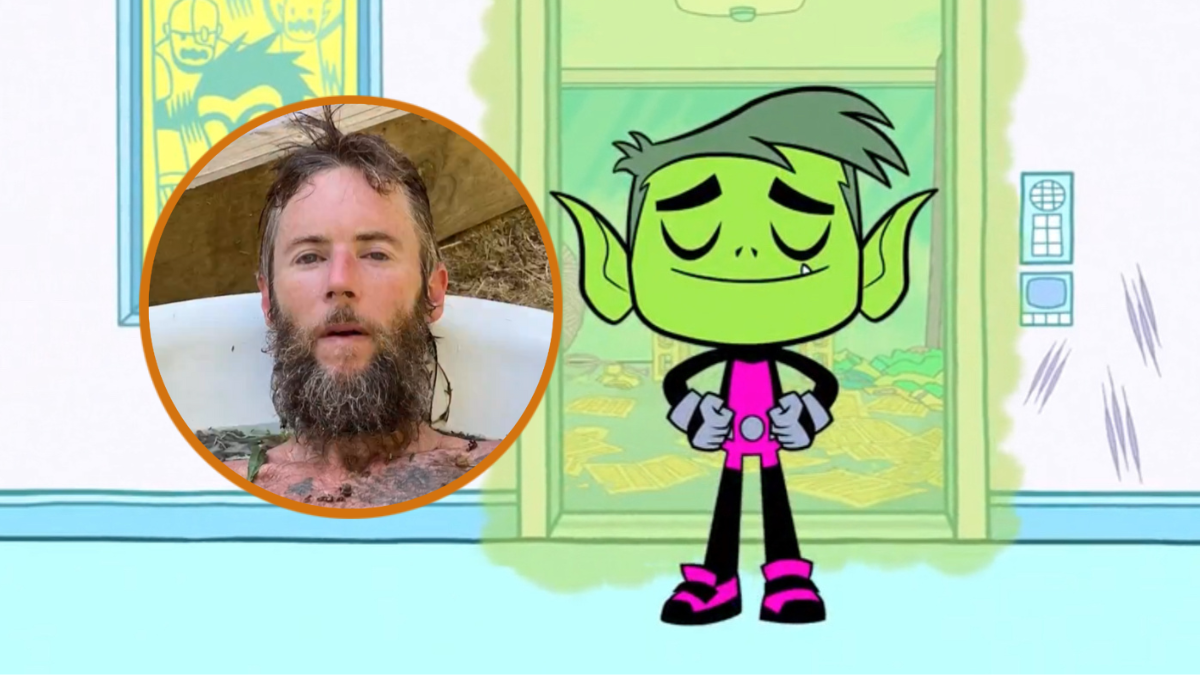



Published: Aug 6, 2022 11:32 am